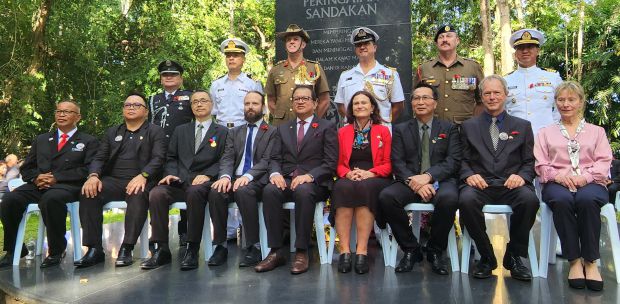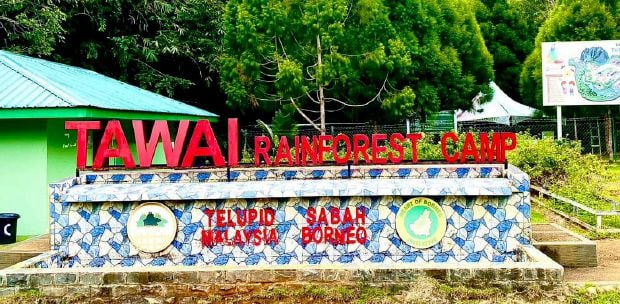A 140km tour covers the key areas of one of the most atrocious events suffered by Australian and British servicemen during World War 2 in Sandakan.
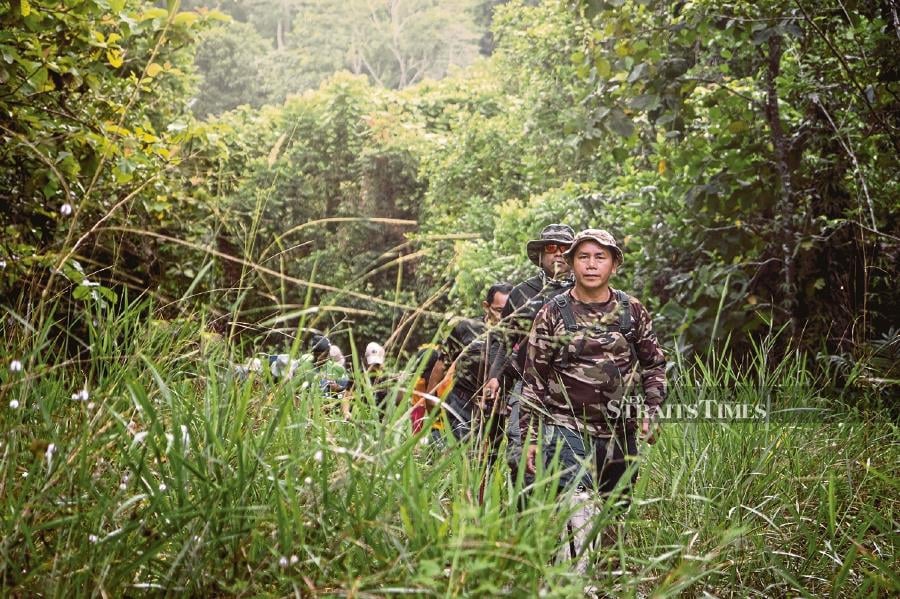
The time is May 1945. Over 500 skeletal figures, barely recognisable as humans, stagger to their feet in the Sandakan Prisoners Of War
(POWs) Compound on Sabah's northeast coast, clad only in torn loincloths.
Three years of captivity — most times surviving on starvation rations with little or no medical care — has taken a toll on these men.
The filthy hair and beards of these previously strapping Australian and British servicemen are matted and lice-infested, and their once fit and healthy bodies are covered in sores and scabies.
Many of them suffer from tropical ulcers, some of which are so enormous that their shin bones can be seen. Others plod along on sausage-like legs, bloated from beriberi.
At the end of the war, 2,434 allied servicemen lost their lives and only six survived.
Over 70 years later today, the Sandakan Death Marches are regarded as the single most atrocious event suffered by Australian and British servicemen in World War 2.
Before the pandemic, descendants and relatives of the servicemen who died or were killed in the war would participate in the Sandakan Death March tour.
The reason was simply to honour these fallen heroes and reflect upon their sacrifices for their countries.
This tour was also popular among servicemen from overseas who would come as part of their military training.
Getting insights into what others before them had to endure would instil a sense of gratitude, appreciation and pride in their role in protecting their respective countries.
In the past, the Sandakan Death March tour had not been trendy among locals. They preferred doing free-and-easy tours to other places in Sandakan instead of taking part in a multi-day trekking tour on the hot and humid Death March trail.
However, after taking part in this expedition, I find that local travellers will benefit from learning more about their history — much of which is not in our history books.
Also, knowing more about the roles played by villagers who risked their lives to feed the POWs gives me a sense of pride in our age-old Sabahan hospitality. Not all heroes hold a sword or a blowpipe. Some simply give out linopot (traditional leaf-wrapped rice) to those in need.
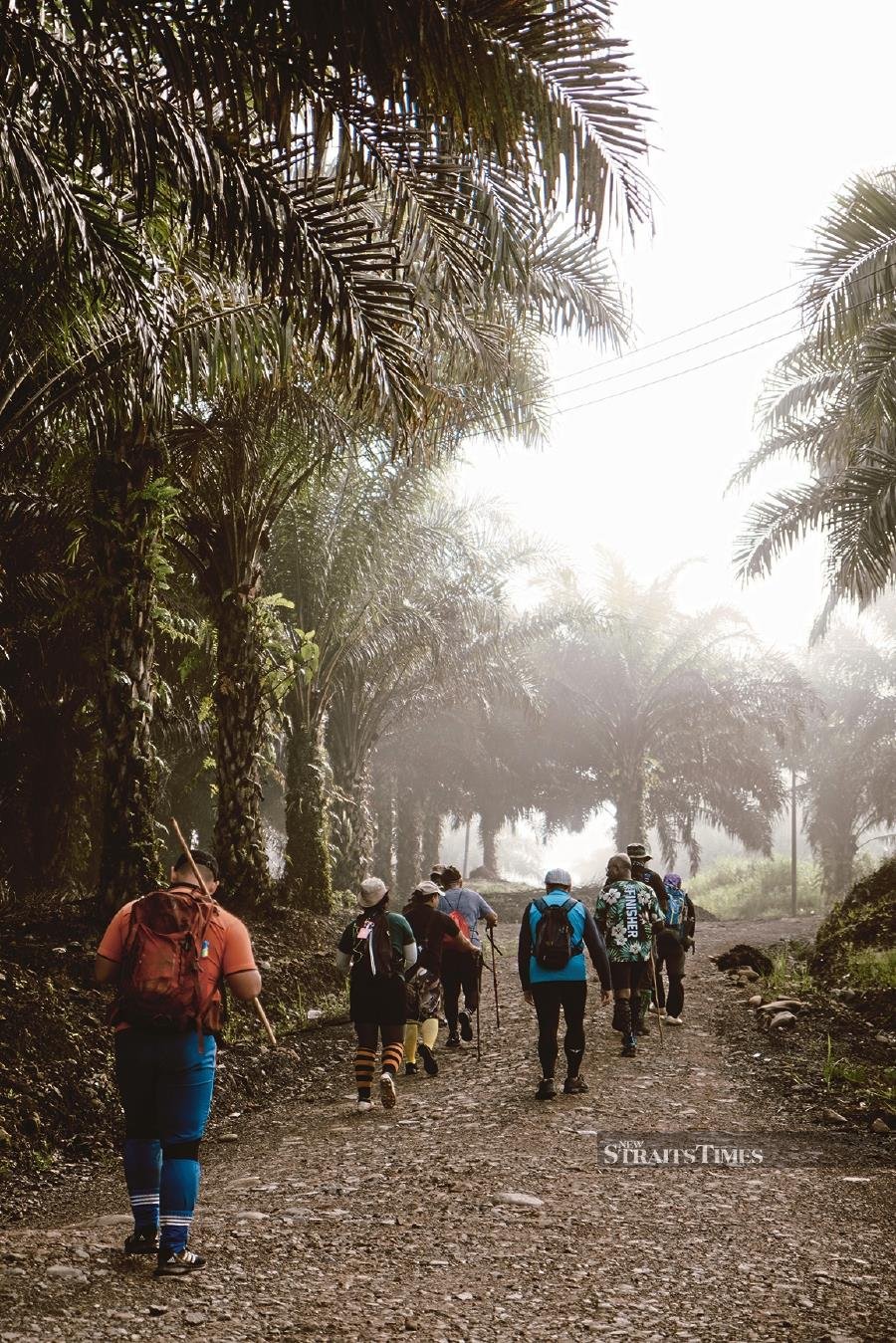
GEARING UP
The original route of the Sandakan Death March tour is 260km long, stretching from the Sandakan Memorial Park all the way to Ranau. This tour traces the exact route of the POWs and takes close to two weeks to complete.
For travellers who are just interested in covering the key areas of the Sandakan Death Marches, trekking expert and multi-tourism award winner Tham Yau Kong has prepared a shorter itinerary that covers 140km — with 100km of actual trekking — starting from Kampung Bauto in Telupid, Sandakan, and ending in Kampung Marakau in Ranau.
This tour consists of six days of trekking across a variety of terrains, for an average of 10km to 15km per day, which is approximately six to eight hours of walking.
However, if trekkers feel they cannot continue the journey, Tham and his team of experienced guides will have their vehicles ready to pick them up from specific points.
Before signing up for the tour, trekkers are given an outline of the daily itinerary and the list of things required for the expedition.
Trekkers are also expected to have a good level of fitness that will enable them to endure multi-day treks under hot and humid conditions. As with any physical activities, a waiver needs to be signed before one embarks on this expedition.
Throughout the expedition, trekkers stay at different accommodations with different comfort levels. They may even be required to camp out and make do without access to a proper bathroom on some days.
So, if one is tempted to complain about the atrocity of the trekking terrains and camping conditions (like yours truly), bear in mind that the POWs have had it worse.

GETTING PHYSICAL
The Sandakan Death March tour is a niche tour package that doesn't see too many bookings. It isn't one to compete with the more mainstream Sandakan tour packages that often feature visits to the Sepilok Orangutan Rehabilitation Centre or wildlife-spotting trips to Kinabatangan.
However, I consider it a more cerebral tour that is packaged nicely to feature everything that Sandakan offers: nature, community, history and dark tourism.
Given the toughness of the Death March routes, it is also possible to categorise it under fitness or adventure tourism.
The best advice I can offer other trekkers is to expect the unexpected when it comes to trekking. Throughout the six-day trek, there are walks through muddy terrains, lush jungle, oil palm plantations, orchards and streams.
Unlike typical hiking trails, the Death March routes are covered in thorn bushes and wild foliage. Therefore, it is advisable to wear long hiking pants and long-sleeved quick-dry hiking shirts.
Do not, under any circumstances, think that you can wear shorts or short-sleeved tees and maintain the smoothness and suppleness of your skin. Take it from me, who ended up with thorn scratches all over my legs and arms after the second day!
It's also good to overestimate the terrains before you embark on the Sandakan Death March tour. For context's sake, I came prepared with two pairs of trekking shoes: a regular pair of hiking shoes and a pair of Adidas kampung for river trekking. At the end of the tour, both pairs were destroyed.
I didn't even know this was possible until then. Therefore, invest in good, lightweight trekking shoes!
When paying homage to the POWs and reflecting on what they had to go through during the actual Death Marches, it is also essential to slow down and smell the refreshing jungle air — and look around for elusive jungle plants.
The second day of the expedition takes us into the Tawai Forest Reserve, a Class 1 protected forest reserve in Telupid. Amid the thorns and wild foliage, I see several species of pitcher plants and the veiled lady mushroom (Phallus indusiatus), which I've never seen before.
There are also wild orchids blooming. A fair warning: if you're afraid of leeches, you may want to come prepared with repellent spray.
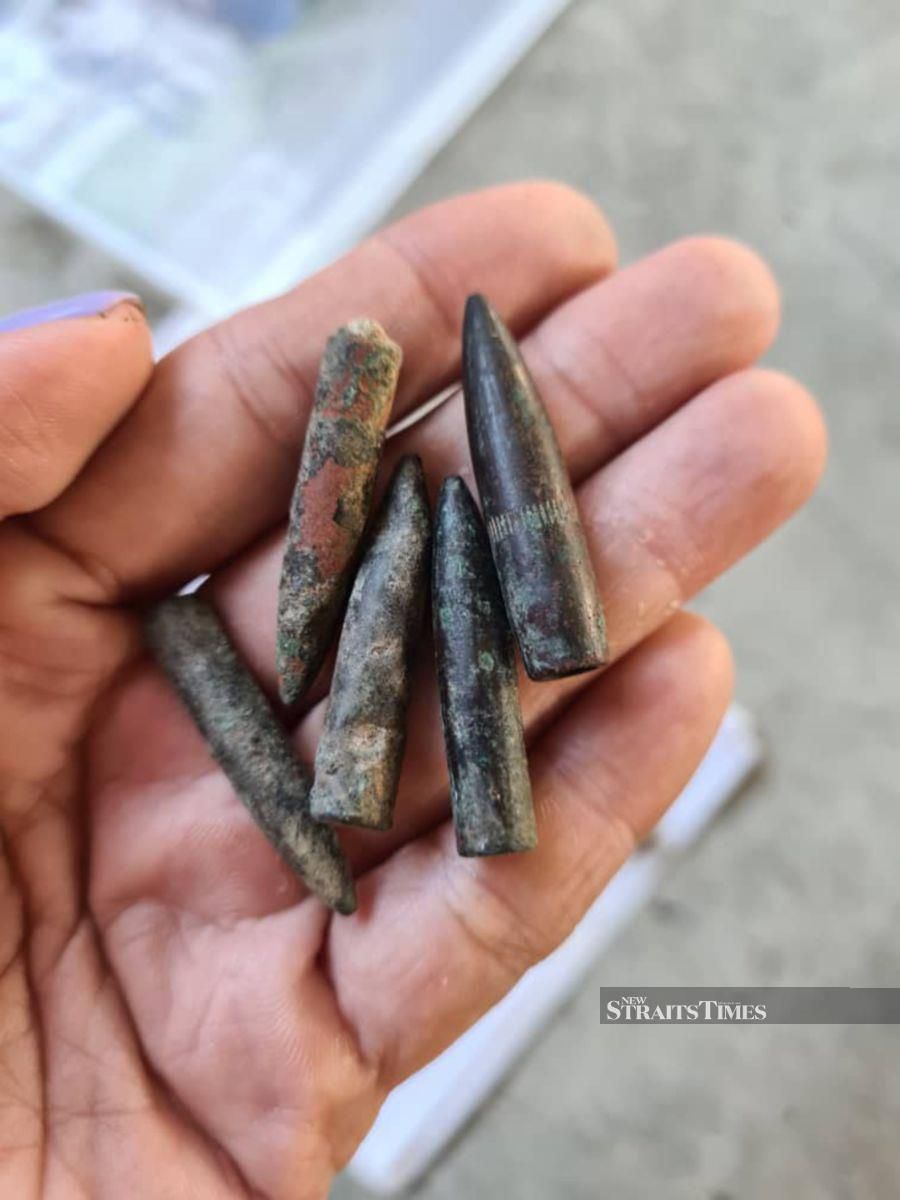
SOFT SPOTS
Apart from tracing the Death March route in the jungle on foot, the expedition also brings us to historical sites and monuments commemorating the POWs and the unsung local heroes that came to their aid. Each memorial site holds a different story and is important in its unique way.
At Kampung Paginatan, which is one of the locations of the POW campsites, I get the opportunity of meeting Jaimin Jeffrey, who is the grandnephew of the late OKK Domima Akoi. OKK Domima is known as the "Ring Lady", who helped give food to a POW during her youth and was given five rings by the POW as a gesture of thanks.
Kampung Paginatan is also where most of the artifacts and artilleries from World War 2 were unearthed and discovered. Several bullets and remnants of weapons used to fight the Japanese army were among the artifacts found.
According to Jaimin, the villagers at Kampung Paginatan in the olden days had shared their first-hand experiences of witnessing executions of both POWs and the locals who helped them and tales of cannibalism among the soldiers when food supply ran short.
If anything, stories of the horrors of the war have reminded me to appreciate peace and solidarity even more than ever and to do my part in maintaining it as much as possible.
Perhaps the best part of this tour for me is the opportunity for the local village community to participate, either as local guides, like Jaimin, or as hosts offering us a memorable rural homestay experience.
There are many things to be learnt about culture, food and local history when staying with a local family, even for me as a Sabahan.
However, I imagine that the experience will be more valuable for first-time visitors to the state looking for an authentic Sabahan experience.
After having completed close to 100km of trekking, my favourite part of this tour is spending our last night at Slagon Homestay, enjoying local dishes that aren't available on GrabFood and, of course, having fresh durians from the orchard for breakfast!
Perhaps, it takes a gruelling six-day trek to appreciate our oft-overlooked luxury of freedom, peace, clean food and water — privileges the POWs didn't have.
I imagine that the kind, selfless people we encounter throughout our Death March tour are also the same kind and selfless people the POWs had encountered, providing respite for their ordeal.
Coming home, I am filled with appreciation, both for the servicemen who dedicated their lives so that we could enjoy peace and for our local heroes whose weapons are mainly their hospitality. It doesn't always pay to be brave, but it always pays to be kind.
As it turns out, learning about North Borneo's war history is more intriguing than I had imagined. So next on my reading list is Lynette Silver's Sandakan: A Conspiracy of Silence.
Discover attractions in Sabah. Fly cheap with MAS Airlines Promo Code.



